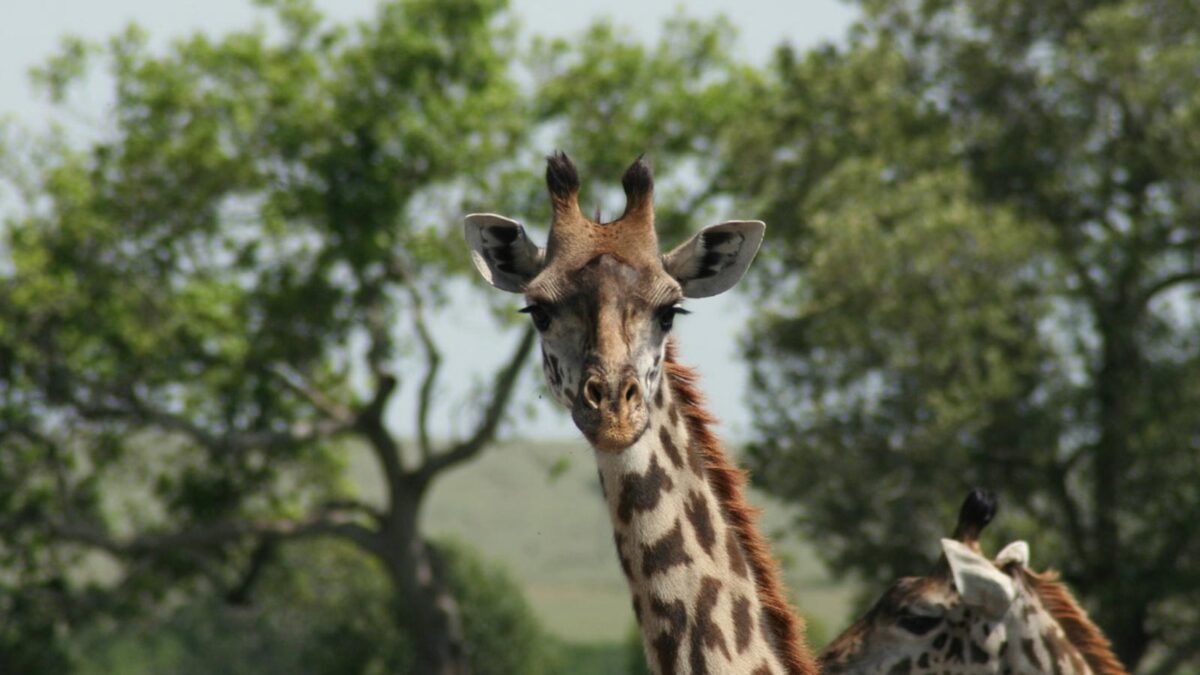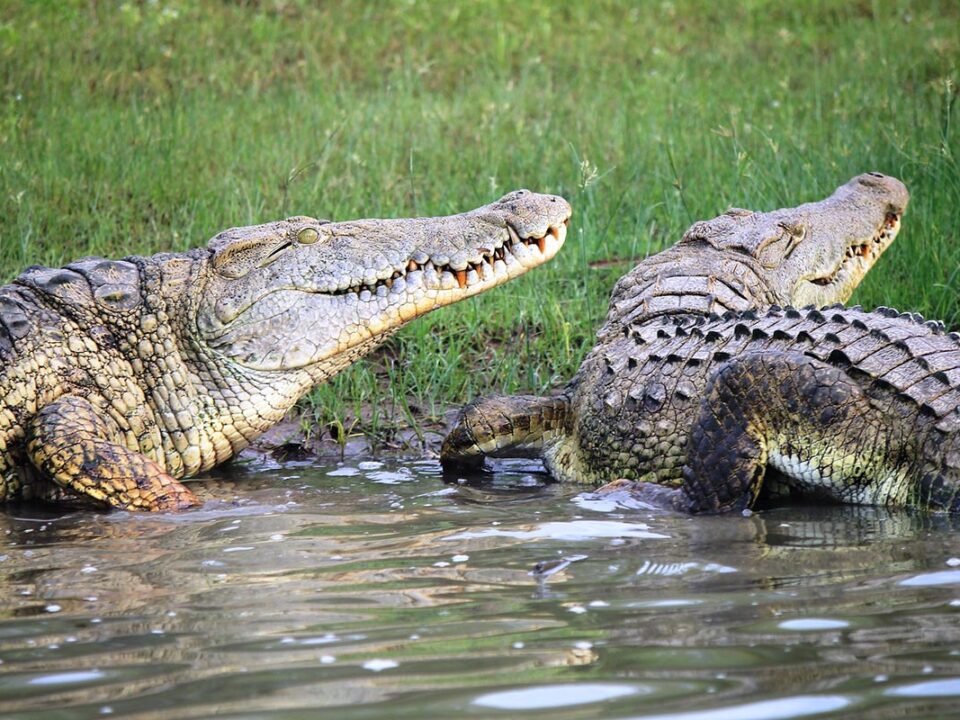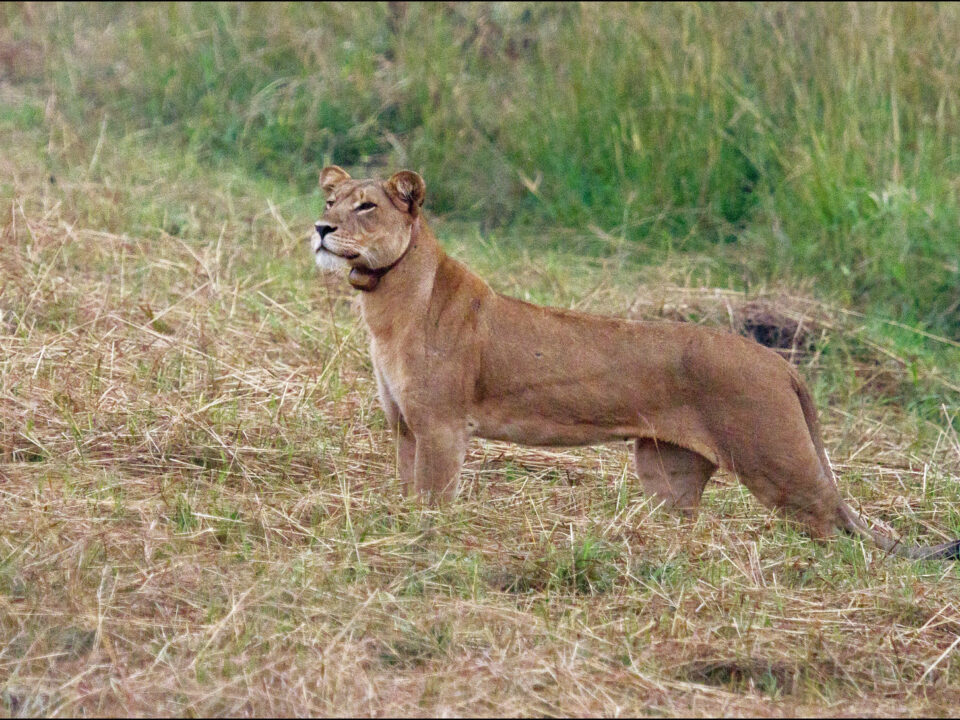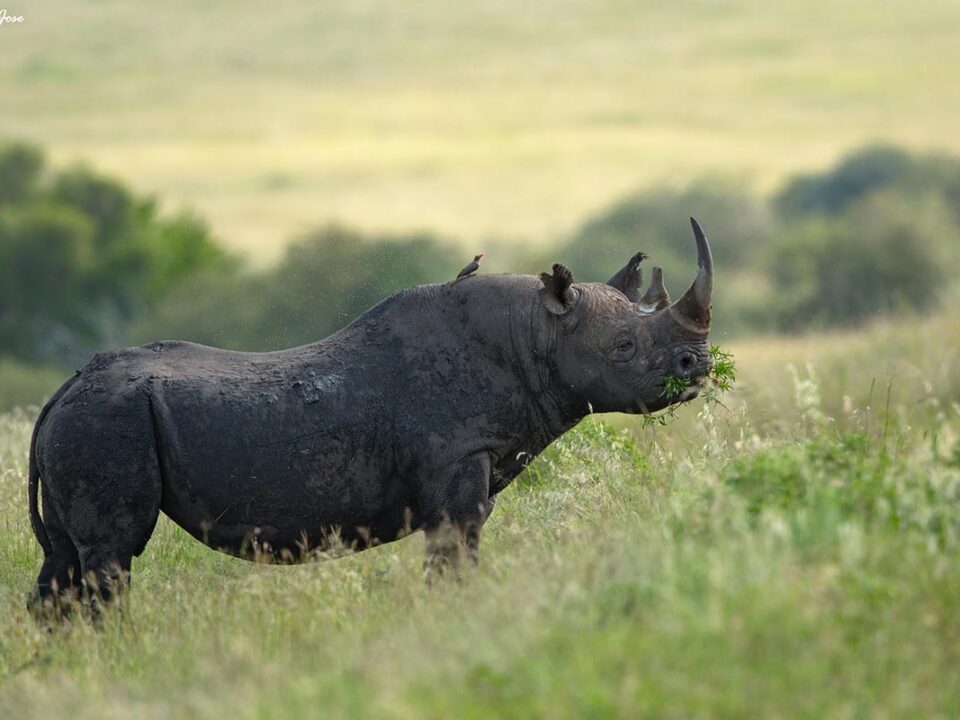Masai Mara National Reserve Kenya

Samburu National Park in Kenya
November 17, 2023
Visit & Explore Nairobi National Park in Kenya
November 17, 2023Explore the Wonders of Masai Mara National Reserve in Kenya – Wildlife Safaris & Tours in Enchanting Kenya
Situated in the heart of Kenya, the Masai Mara National Reserve stands as one of the most sought-after tourist destinations in Africa. Nestled within the Great Rift Valley, this reserve boasts vast open grasslands where wildlife congregates, with the western escarpment being a focal point.
The Masai Mara is acclaimed as the crown jewel of Kenya’s wildlife viewing areas. A spectacle that draws global attention is the annual migration of over 1.5 million wildebeests, occurring from July to November. This natural phenomenon, known as the “Great Wildebeest Migration,” is an awe-inspiring display of nature’s grandeur.
The reserve hosts a rich diversity of wildlife, with approximately 95 species of mammals, amphibians, and reptiles, along with over 400 species of birds. The sheer abundance of wildlife, including the iconic Big Five, makes Masai Mara a prime safari destination.
The Great Wildebeest Migration – “The Thunder of Hooves” and Africa’s Grand Event
The stage for this extraordinary show is set within the Serengeti Ecosystem, spanning about 40,000 square kilometers. This ecosystem encompasses the Serengeti National Park, the Maswa Game Reserve, and the Maasai Mara National Reserve in Kenya. The migration routes of white-bearded wildebeests dominate this expansive region, involving several key players, including wildebeests, Thomson’s gazelles, zebras, and elands.
The migration is not a single event but a continuous, cyclical journey driven by the search for food and water. The wildebeests tirelessly circle the Serengeti-Mara ecosystem in a relentless cycle of life and death. Renowned East African author and photographer Jonathan Scott aptly describes the migration, emphasizing its dynamic and unpredictable nature.
Understanding the Migration Cycle – Calving Season
The migration cycle begins with the calving season in January and February. During this period, wildebeest cows give birth to an astonishing 300,000 to 400,000 calves within a few weeks. This synchronized birthing attracts predators, creating a feast for hyenas and lions. The vulnerable newborns, however, showcase remarkable resilience, gaining coordination within minutes and running with the herd shortly after.
The calving season not only sustains predator populations but also contributes to the natural balance of the wildebeest population. The intense but brief period of calving prevents predators from consuming excessive numbers of calves, maintaining a healthy equilibrium.
Embarking on the Journey – Start of the Migration
As the short dry season transitions to March, the wildebeests move from the short-grass plains of the southern Serengeti towards the western woodlands. The migration route is influenced by weather patterns, particularly following the rains and the growth of new grass. The wildebeests, seemingly attuned to distant lightning and thunderstorms, embark on a journey etched into their DNA over centuries.
Rut of the Wildebeest – A Time of Mating and Territorial Displays
With the onset of the long rains, the herds head northwest, passing the granite outcrops of the Simba and Moru koppies. This period, known as the rut, witnesses intense mating activities, with half a million cows mating in less than a month. Dominant males engage in vigorous displays of territorial dominance, but the actual choice of mates lies with the females.
Crossing Period – Navigating Rivers and Obstacles
The herds continue their journey northward, crossing rivers such as the Mara River in Kenya. Rivers, normally placid, can turn into violent torrents, presenting significant obstacles for the wildebeests. The inherent fear of water and its hidden creatures, combined with the dense vegetation along riverbanks, makes these crossings challenging. The wildebeests, however, overcome these fears as their instinct to migrate overrides the inherent dangers.
Predators during the Migration – The Circle of Life
Upon reaching the Masai Mara National Reserve in Kenya, the wildebeests spend months feeding and fattening. This phase offers a temporary respite, allowing them to take advantage of the region’s green pastures and isolated rainstorms. The constant movement of the wildebeests serves as a strategic advantage, outmarching predators and minimizing threats to their young.
Closing the Circle – Journeying Back to the Serengeti
By late October, as the short rains commence in the Serengeti’s short-grass plains, the wildebeests begin their southward journey. The herds traverse the eastern woodlands of the Serengeti, with 90% of the cows heavy with new-season young. The cycle repeats, and the wildebeests scatter and spread across the open plains.
Birds and Wildlife of Masai Mara National Reserve
The Masai Mara is a haven for birdwatchers and wildlife enthusiasts. Boasting approximately 450 bird species, the reserve is home to unique and diverse avian life. Key species include the rosy-throated long claw, magpie shrike, secretary bird, kori bustard, and southern ground hornbill. The wildlife is equally abundant, making the Mara renowned for sightings of the Big Five, cheetahs, hyenas, and various other species.
How to Get There and Where to Stay in Masai Mara National Reserve
Travelers from Nairobi have two options to reach the Masai Mara: by road, a scenic 6-hour drive, or by air, a quick 45-minute to 1-hour flight. Accommodation options abound, offering diverse experiences. Notable lodges include Mara Serena Safari Lodge, Mara Eden Safari Camp, Karen Blixen Camp, Ashnil Mara Camp, Nyota Mara Lodge, Governors II Moran Camp, Mara Treetops Luxury Camp, and Beyond Bateleur Camp, and Kilima Camp.
Best Time for a Mesmerizing Safari in Masai Mara National Reserve
While the Masai Mara provides excellent wildlife viewing throughout the year, those yearning to witness the spectacle of the Great Wildebeest Migration should plan their visit between July and October. During these months, the Mara transforms into a theater of nature’s grandeur, with wildebeests traversing the plains and braving river crossings.
Embark on an unforgettable journey to Masai Mara National Reserve, where every moment is a celebration of nature’s wonders. The cycle of life, the dance of predators and prey, and the vibrant ecosystem make this destination a timeless showcase of the beauty and resilience of the African wilderness. Discover the magic of Masai Mara – an experience that transcends imagination.




